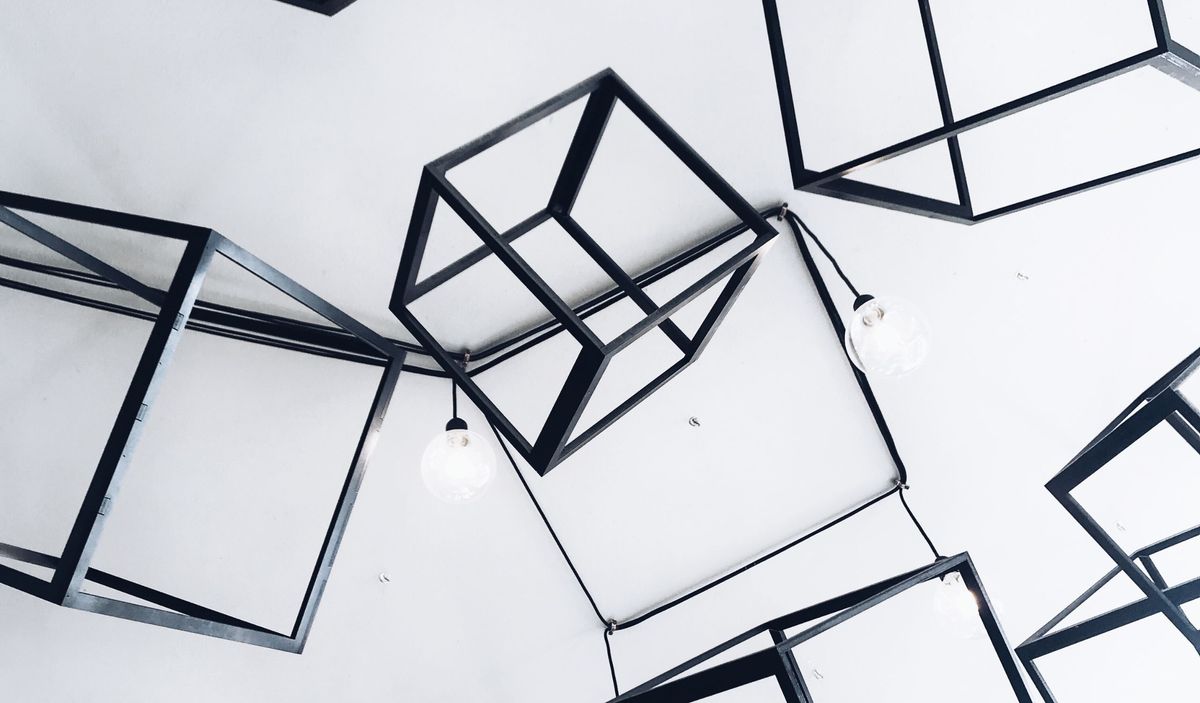Geometry is a fascinating branch of mathematics that deals with shapes, sizes, and their properties. One important concept in geometry is angles, which are formed by two rays that share a common endpoint. Among the various types of angles, alternate interior angles are a unique and interesting concept that has numerous applications in various real-world situations.
In this blog, we will delve into the definition, properties, and applications of alternate interior angles, providing a comprehensive understanding of this important geometric concept.
Definition of Alternate Interior Angles
Alternate interior angles are pairs of angles that are formed when a pair of parallel lines is intersected by a transversal line. A transversal line is a line that intersects two or more parallel lines. When a transversal line intersects a pair of parallel lines, it creates eight angles. Alternate interior angles are the pair of angles that are on opposite sides of the transversal line and are located between the pair of parallel lines. In other words, alternate interior angles are the angles that are interior to the pair of parallel lines, but on opposite sides of the transversal line.
Properties of Alternate Interior Angles
Alternate interior angles have several interesting properties that make them unique and important in geometry. Understanding these properties can help us solve various geometric problems and real-world applications.
Let's explore some of the key properties of alternate interior angles:
Congruence
Alternate interior angles are congruent, which means they have the same measure. In other words, if two lines are parallel and are intersected by a transversal, then the alternate interior angles formed are congruent.
This property can be expressed mathematically as follows:
If two lines are parallel, and a transversal intersects them, then the alternate interior angles are congruent.
Mathematically, we can represent this property using the following notation:
∠2 ≅ ∠6
∠3 ≅ ∠7
∠4 ≅ ∠8
Sum of Measures
The sum of the measures of the alternate interior angles is always 180 degrees. This property can be expressed mathematically as follows:
The sum of the measures of the alternate interior angles is 180 degrees.
Mathematically, we can represent this property using the following notation:
∠2 + ∠6 = 180 degrees
∠3 + ∠7 = 180 degrees
∠4 + ∠8 = 180 degrees
Corresponding Angles
Another important property of alternate interior angles is that they are corresponding angles. Corresponding angles are pairs of angles that are formed when a transversal intersects two parallel lines and are located on the same side of the transversal. Corresponding angles are equal in measure, which means that they have the same angle measure.
This property can be expressed mathematically as follows:
If two lines are parallel, and a transversal intersects them, then the corresponding angles are equal in measure.
Mathematically, we can represent this property using the following notation:
∠2 ≅ ∠6 (corresponding angles)
∠3 ≅ ∠7 (corresponding angles)
∠4 ≅ ∠8 (corresponding angles)
Non-Adjacent Angles
Alternate interior angles are non-adjacent angles, which means that they are not adjacent to each other along the transversal. In other words, alternate interior angles do not share a common vertex or side.
Parallel Lines
Alternate interior angles are specifically formed when a transversal intersects a pair of parallel lines. This means that if we observe alternate interior angles in a geometric figure, we can conclude that the lines being intersected by the transversal are parallel. This property can be used to prove the parallelism of lines in various geometric proofs and constructions.
Angle Relationships
Alternate interior angles also have a relationship with other types of angles formed by the intersecting lines and the transversal. For example, they are supplementary to each other, meaning that the sum of the measures of an alternate interior angle and its corresponding angle is 180 degrees.
This relationship can be expressed mathematically as follows:
∠2 + ∠3 = 180 degrees
∠3 + ∠4 = 180 degrees
∠4 + ∠1 = 180 degrees
Applications of Alternate Interior Angles
The concept of alternate interior angles has various applications in real-world situations. Here are some examples:
- Architecture and Construction: In architecture and construction, alternate interior angles are used to ensure that lines, such as walls or beams, are parallel to each other. For instance, when constructing a building, architects and engineers use the concept of alternate interior angles to make sure that the walls are parallel to each other, which helps in creating a structurally sound and aesthetically pleasing building.
- Road Design and Traffic Management: In road design and traffic management, alternate interior angles are used to design intersections and roundabouts. Engineers use the concept of alternate interior angles to determine the angles at which roads should intersect to ensure smooth traffic flow and avoid collisions. Traffic lights and stop signs are also positioned based on the concept of alternate interior angles to control the flow of vehicles at intersections.
- Art and Design: The concept of alternate interior angles is also utilized in art and design to create visually appealing compositions. Artists and designers use the principles of geometry, including the concept of alternate interior angles, to create balanced and harmonious compositions in various forms of art, such as paintings, sculptures, and architecture.
- Surveying and Mapping: In surveying and mapping, the concept of alternate interior angles is used to measure distances and angles in land surveys and map-making. Surveyors use the concept of alternate interior angles to create accurate maps and plans for construction, land development, and other purposes.
- Robotics and Computer Graphics: In the field of robotics and computer graphics, the concept of alternate interior angles is used in designing and programming robots, simulations, and video games. Robots and virtual characters need to navigate through virtual environments or real-world spaces by following paths that are parallel or intersecting at specific angles, which can be achieved using the principles of alternate interior angles.
Conclusion
In conclusion, alternate interior angles are pairs of angles formed by intersecting lines and a transversal, and they have unique properties that make them important in geometry and various real-world applications. The congruence, sum of measures, corresponding angles, non-adjacent angles, and parallelism properties of alternate interior angles are fundamental in solving geometric problems and understanding the relationships between angles formed by parallel lines and a transversal.
Furthermore, the applications of alternate interior angles in fields such as architecture, road design, art, surveying, robotics, and computer graphics highlight their practical significance. By understanding the concept of alternate interior angles, we can enhance our geometric skills, problem-solving abilities, and apply this knowledge to practical scenarios in different fields.

Frequently Asked Questions (FAQs) about Alternate Interior Angles:
What are alternate interior angles?
Alternate interior angles are pairs of angles formed by a transversal intersecting a pair of parallel lines. They are located on opposite sides of the transversal and have equal measures.
How are alternate interior angles formed?
Alternate interior angles are formed when a transversal intersects two parallel lines. The transversal is a line that intersects two or more lines at distinct points, creating pairs of angles on opposite sides of the transversal.
What is the relationship between alternate interior angles and other angles formed by the intersecting lines and the transversal?
Alternate interior angles are supplementary to each other, which means that the sum of the measures of an alternate interior angle and its corresponding angle is 180 degrees. This relationship can be expressed mathematically as follows: ∠1 + ∠2 = 180 degrees, ∠2 + ∠3 = 180 degrees, ∠3 + ∠4 = 180 degrees, ∠4 + ∠1 = 180 degrees.
How can I apply the concept of alternate interior angles in problem-solving?
By understanding the properties of alternate interior angles, you can use them to solve geometric problems involving parallel lines and transversals. You can also apply the concept of alternate interior angles in real-world scenarios, such as determining the parallelism of lines or designing structures or layouts that require parallel or intersecting lines at specific angles.






